With the urgency of climate change issues coming to the fore in political and social discussion around the world, it is more pertinent than ever to remember that we share Earth with a vast array of fascinating animals and plants that not only sustain us in numerous ways, but also bring us much joy.
Sadly, human activity does not end at the complex climate systems, but also directly impacts the vulnerable species around us.
With celebrity science communicators such as Bill Nye taking blunt approaches to getting across the urgency of climate change issues, European politicians touting their own version of the "Green New Deal," and the combative stance on climate change from the Trump administration flying in the face of global scientific and political consensus, there is no avoiding the issue.
May 17 is Endangered Species Day, an opportunity to remember that we are not just fighting for a sustainable and safe planet for humans, but also for the spectrum of life alongside us.
Newsweek has compiled a guide to critically endangered species, according to the World Wildlife Fund (WWF) and the Endangered Species Coalition, that will be affected most by short-term climate change. We have also provided information on what readers can do to help.
List Of Critically Endangered Species
Amur leopard
Scientific name: Panthera pardus orientalis
Status: Critically Endangered
While many associate leopards with the savannas of Africa, the Amur leopard has made its home in the Russian Far East, according to WWF. The rare subspecies lives in temperate forests and can run up to 37 miles per hour, leap more than 19 feet horizontally, and 10 feet vertically. The Amurs live in solitude and have a life span of 10-15 years, or 20 years in captivity. According to WWF, there are just over 84 still alive.
The threat to these beautiful cats is poaching. According to WWF, a 1999 an investigation uncovered Amur leopard skins being sold for $500 and $1,000 in the village of Barabash. The forests are easily accessible by these villages, which means poaching also affects other animals.
In 2012, the government of Russia declared the region a protected area, calling it the Land of the Leopard National Park. Nearly 650,000 acres are covered by this protection, including breeding areas and 60 percent of the rare cat's remaining habitat.
Black rhino
Scientific name: Diceros bicornis
Status: Critically Endangered
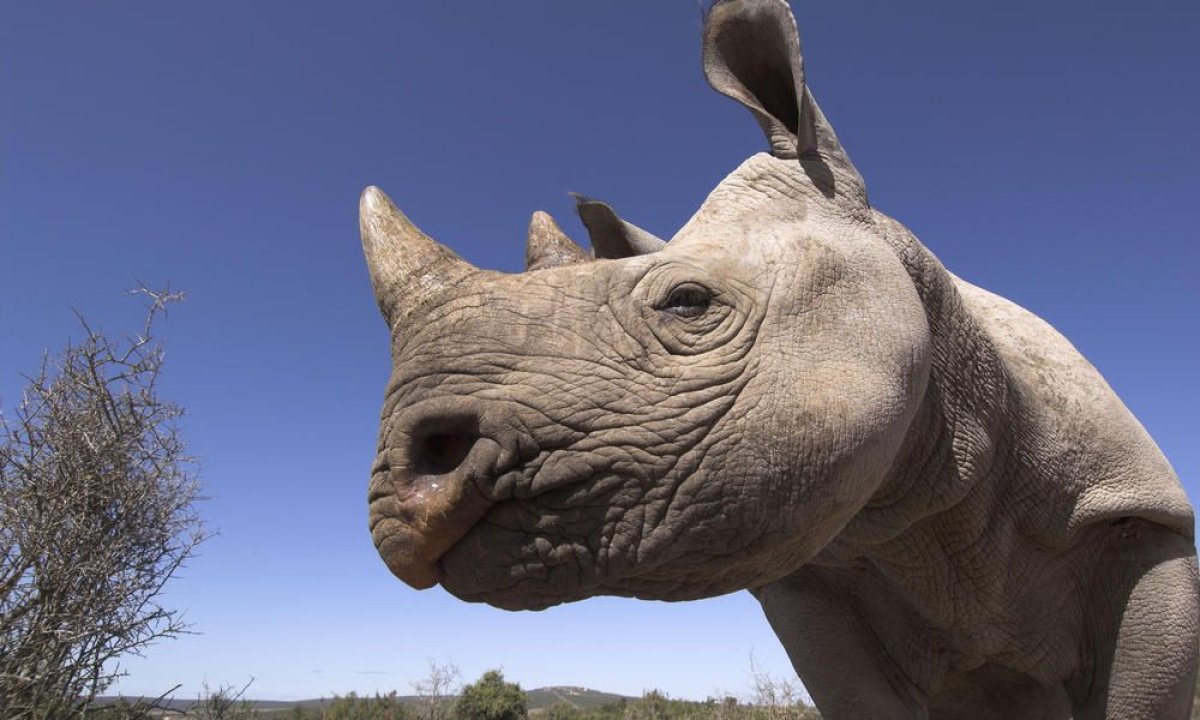
Living in the deserts and grasslands ranging from Namibia to East Africa, the black rhino is the smaller of the two African rhino species. According to WWF, populations of the black rhino were reduced in the 20th century due to hunters. Between 1960 and 1995, numbers dropped by 98 percent to less than 2,500.
Conservation efforts across Africa have helped numbers rise again, but a lot of work is still being done as the black rhino remains critically endangered. This is due to poaching and black market trafficking of the rhino's horn.
Poaching isn't the only reason for the decline, however. Loss of habitat is another due to agriculture, settlement, and infrastructure development.
Bornean orangutan
Scientific name: Pongo pygmaeus
Status: Critically Endangered
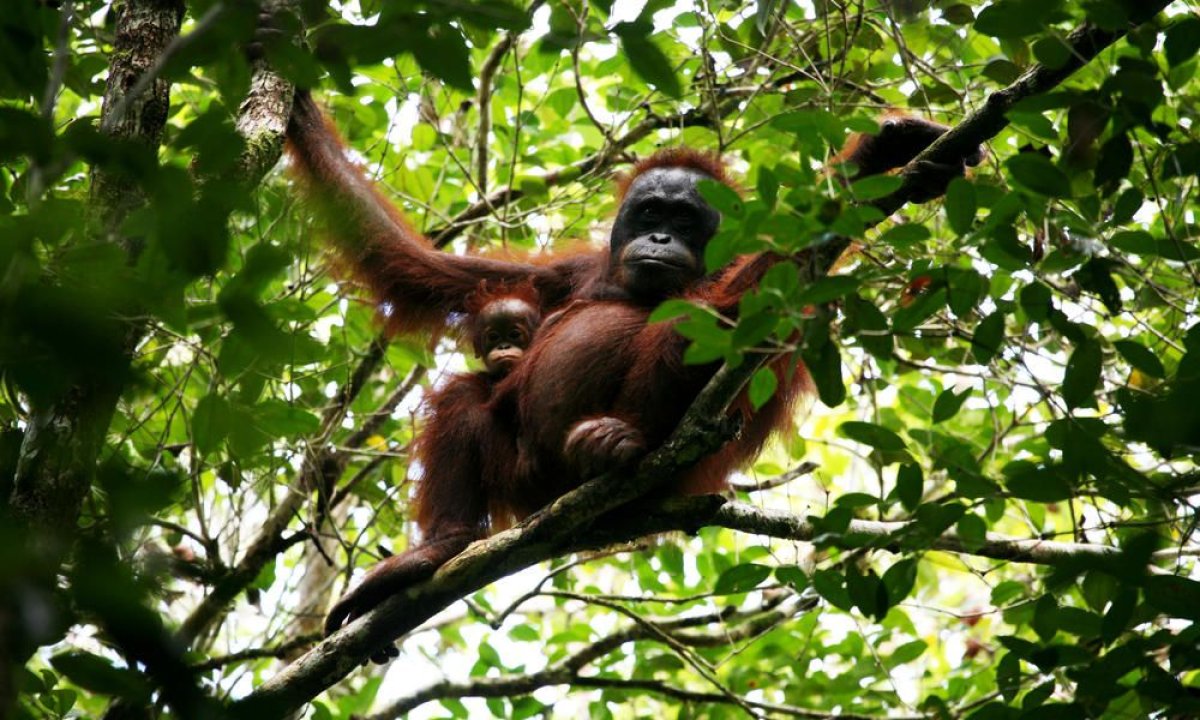
There are around 104,700 orangutans in the world today, according to the WWF. Living in the forests on the islands of Borneo and Sumatra, these species are being isolated in their environment. They contribute to the local ecosystem by playing a role in seed dispersal, which keeps forests healthy.
The threat to the orangutan comes from hunting and unsustainable, sometimes illegal, logging, mining and conversion of forests to agriculture. According to the WWF, the 1997-98 forest fires in Kalimantan, Indonesia, killed up to 8,000 orangutans.
The WWF started a program in West Kalimantan, Indonesia, that enables local communities to find a voice through photography in 2010. Named "Panda CLICK!," community members capture photos and videos to encourage education and nature conservation. Participants are of all ages and include fishermen, farmers, teachers, students, and tribal leaders.
Cross River gorilla
Scientific name: Gorilla gorilla diehli
Status: Critically Endangered
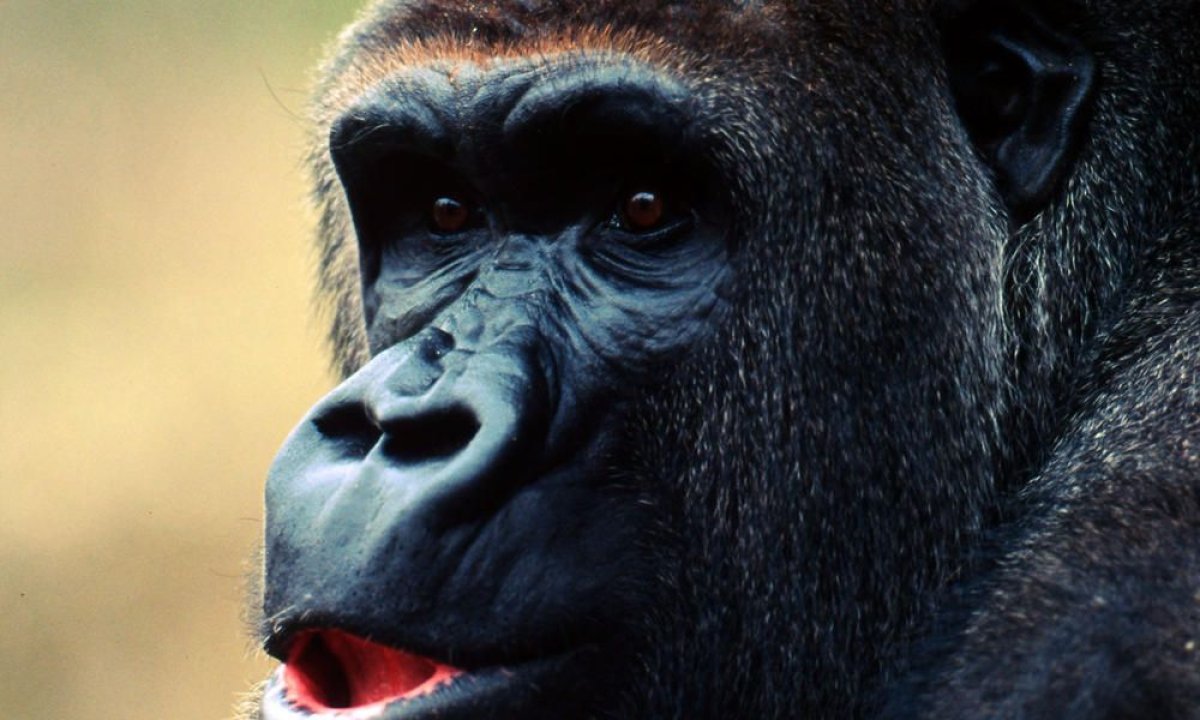
Living in the Congo Basin, it wasn't until the past decade that scientists were able to study the distribution of Cross River gorilla, according to the WWF. This is because these gorillas are wary of humans and live in rugged territory. But they have managed to determine that only around 200 to 300 gorillas are left.
Unfortunately, it is humans who are to blame for their decline. Clearing their forests for timber and to create fields, as well as poaching, has meant that the gorillas have become endangered. The WWF has been working with logging companies, the Cameroon Ministry of Forest and Wildlife and local communities to encourage sustainable management of the forests.
Eastern lowland gorilla
Scientific name: Gorilla beringei graueri
Status: Critically Endangered

Also known as Grauer's gorilla, this is the largest of the four gorilla subspecies. The gorillas live on fruit and other herbaceous materials.
The reason for their decline is a civil war within its home of the Democratic Republic of Congo (DRC). Its habitat is in the lowland tropical rainforests, and its range has been reduced from 8,100 square miles to 4,600. The area is also at risk from poaching and illegal mining, even in the Kahuzi-Biega National Park. Scientists estimate that the population has been halved from 17,000 in 1990s.
Hawksbill turtle
Scientific name: Eretmochelys imbricata
Status: Critically Endangered
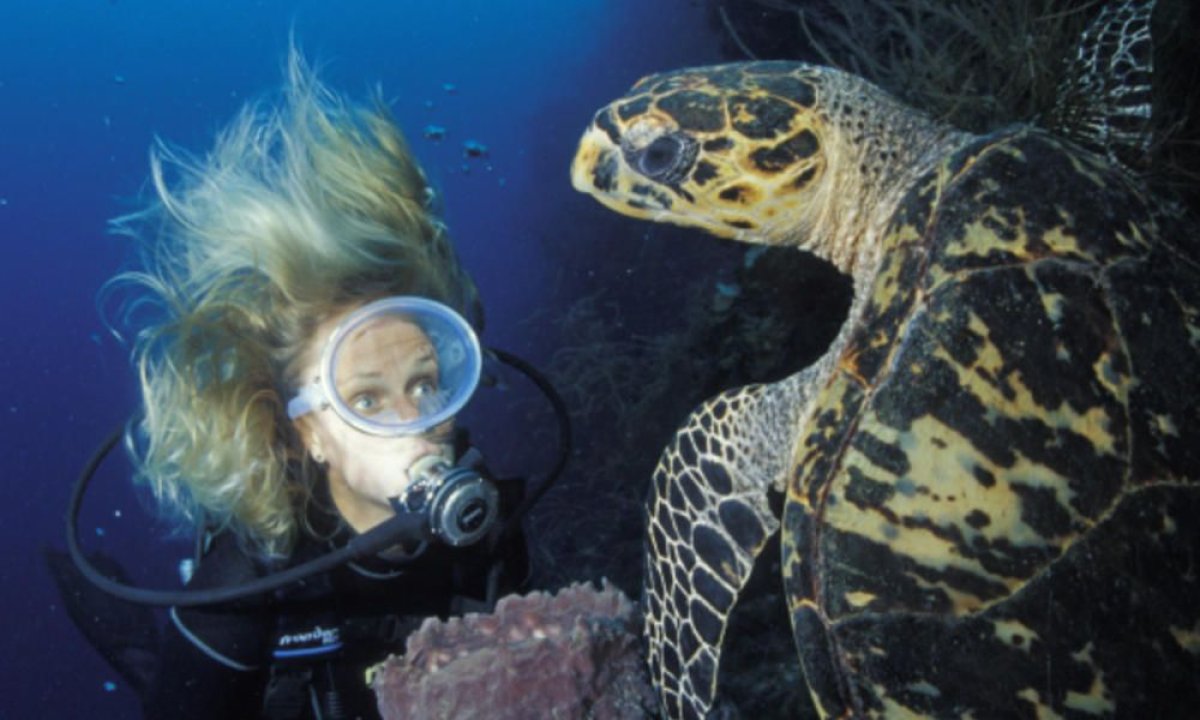
The coral reefs have been endangered for quite some time, and it is in the Mesoamerican Reef and the Coral Triangle where the Hawksbill turtle resides. Sea turtles are fundamental to the marine ecosystem, helping maintain the health of coral reefs and sea grass beds.
Named for their narrow and pointed beak, these reptiles have been victims of climate change and poaching. Their colored and patterned shells are highly-valuable and commonly sold as "tortoiseshell" in markets. They are also threatened by excessive egg collection, fishery-related mortality, pollution, and coastal development.
To help conserve the sea turle population, the WWF has been working with John Wang, an ecologist for the National Oceanic and Atmospheric Administration (NOAA). He has created a lightstick device which emits wavelengths that can be seen by turtles but not other fishes. The LED lights in the device have resulted in a 60 percent reduction in turtle bycatch—and at the Indonesian site, a 20 percent boost in the target catch for participating fishers.
Javan Rhino
Scientific name: Rhinoceros sondaicus
Status: Critically Endangered
There are only 58 to 68 Javan rhinos left in the world. They now only live in the Ujung Kulon National Park in Java, Indonesia, after previously living in northeast India and southeast Asia. According to the WWF, Vietnam's last Javan rhino was poached in 2010.
These rhinos are the only chance the species have of surviving and being saved from the brink of extinction. At risk from not only poaching but inbreeding, natural disasters such as tsunamis and volcanic eruption. Rising sea levels because of climate change are also a concern, as well as the increase of Arenga palm (reducing natural forage), disease transferred from other animals in the park, and economic development.
Malayan tiger
Scientific name: Panthera tigris jacksoni
Status: Critically Endangered

Between 250 to 340 Malayan tigers are alive in the world today. They used to be known as Indochina tigers until DNA samples showed they were a different sub-species. Their scientific name honors Peter Jackson, the famous tiger conservationist.
Only living in the Malay Peninsula and in the southern tip of Thailand, these tigers are at risk from logging operations and road development. Farmers end up killing them in retaliation for killing their livestock, which cost an estimated $400,000 between 1993 and 2003 in Terengganu, Malaysia.
The WWF is working with the local population to reduce human-wildlife conflict through initiatives such as better livestock management, worked to reverse a 2002 decision by a Malaysian state government to eliminate all tigers, and has set up camera traps to monitor tiger populations.
Tapanuli orangutan
Scientific name: Pongo tapanuliensis
Status: Critically Endangered

In 2017, a new ape species was announced by an international team of scientists. The Tapanui orangutan, which is the rarest of all apes, has less than 800 individuals in the world.
This species lives in North Sumatra and is genetically and behaviorally distinct from the two other species. It is believed they have been isolated from other orangutan populations for 10,000 to 20,000 years. The WWF has identified the Batang Toru landscape, where the Tapanuli orangutan live, as one of its priority landscapes for species conservation.
Speaking in 2017, Nilanga Jayasinghe, senior program officer for Asian species, WWF, said: "This discovery not only demonstrates how much we still don't know about the biodiversity on our planet, but also sheds further light on the precarious position species like the Tapanuli orangutan are in as their forest homes are increasingly threatened by conversion."
Saola
Scientific name: Pseudoryx nghetinhensis
Status: Critically Endangered
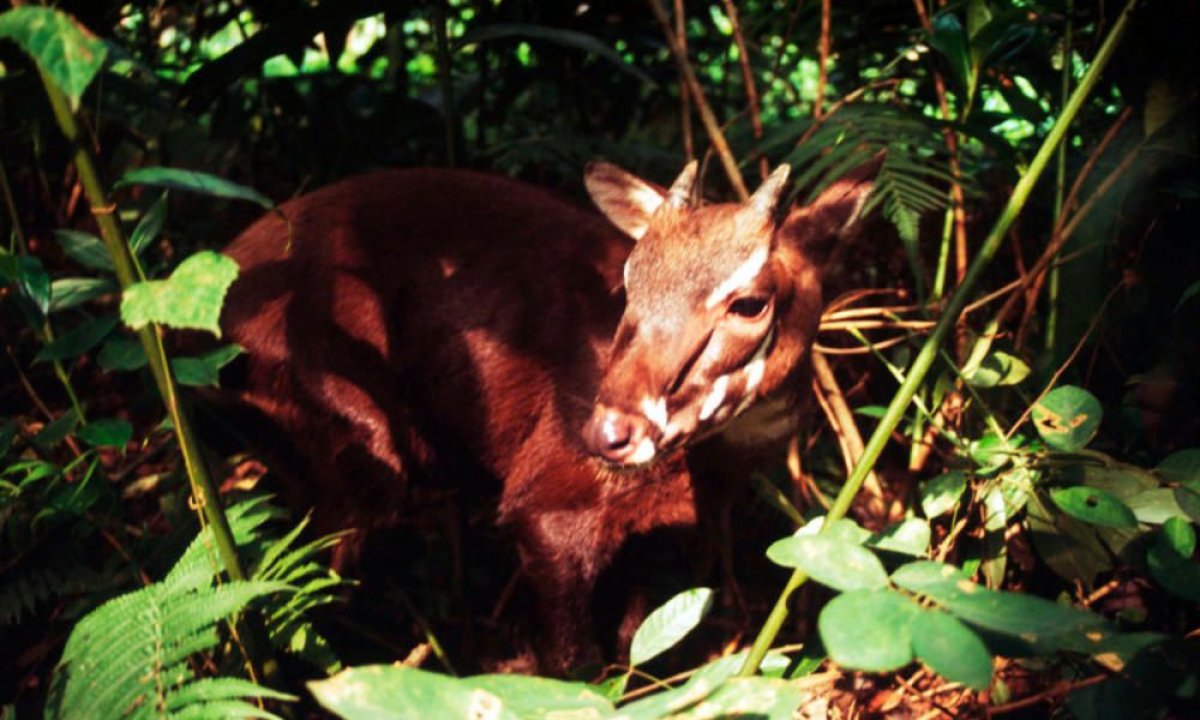
This endangered species was discovered in 1992 during a survey carried out by the Ministry of Forestry of Vietnam and WWF in north-central Vietnam. The Saola is recognized by its two parallel horns with sharp ends, which is the inspiration for its Vietnamese name meaning "spindle horns."
They are found only in the Annamite Mountains of Vietnam and Laos, which is at risk of forest takedown to make way for agriculture, plantations and infrastructure. According to the WWF, conservationists are concerned that this is allowing hunters easy access.
South China tiger
Scientific name: Panthera tigris amoyensis
Status: Critically Endangered / Functionally Extinct
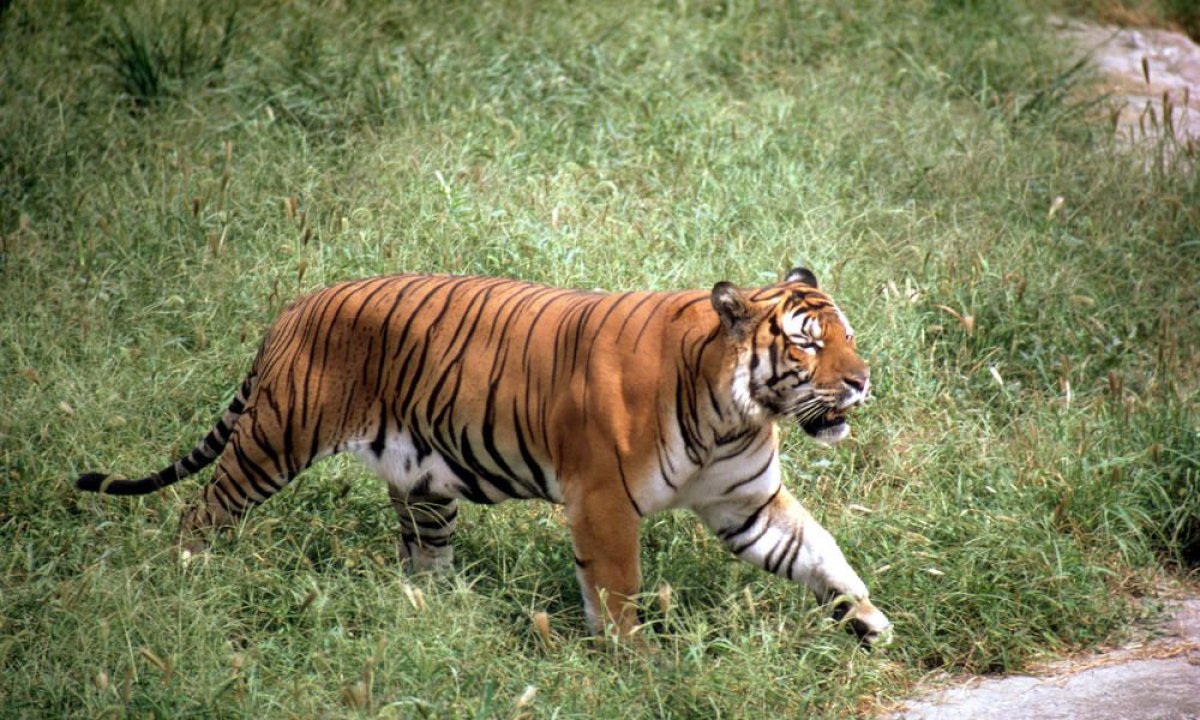
Already believed to be extinct in the wild, according to the WWF, as it has not been sighted for 25 years. They are living in zoos and in South Africa, where there are plans to reintroduce tigers brought up in captivity back into the wild.
Sumatran elephant
Scientific name: Elephas maximus sumatranus
Status: Critically Endangered
Sumatran elephants are very important to their local ecosystem as they feed on a variety of plants and deposit seeds. There are only between 2,400 to 2,800 of these elephants due to habitat loss. In 2012, their status was changed from endangered to critically endangered due to half of its population being lost in one generation.
In 2004, the WWF started the Elephant Flying Squad. This group is made up of rangers, noise and light-making devices, a truck, and four trained elephants that drive wild elephants back into the forests if they threaten to enter villages. This reduces the contact between humans and elephants, as well as the livestock that may live on farms.
Sumatran orangutan
Scientific name: Pongo abelii
Status: Critically Endangered
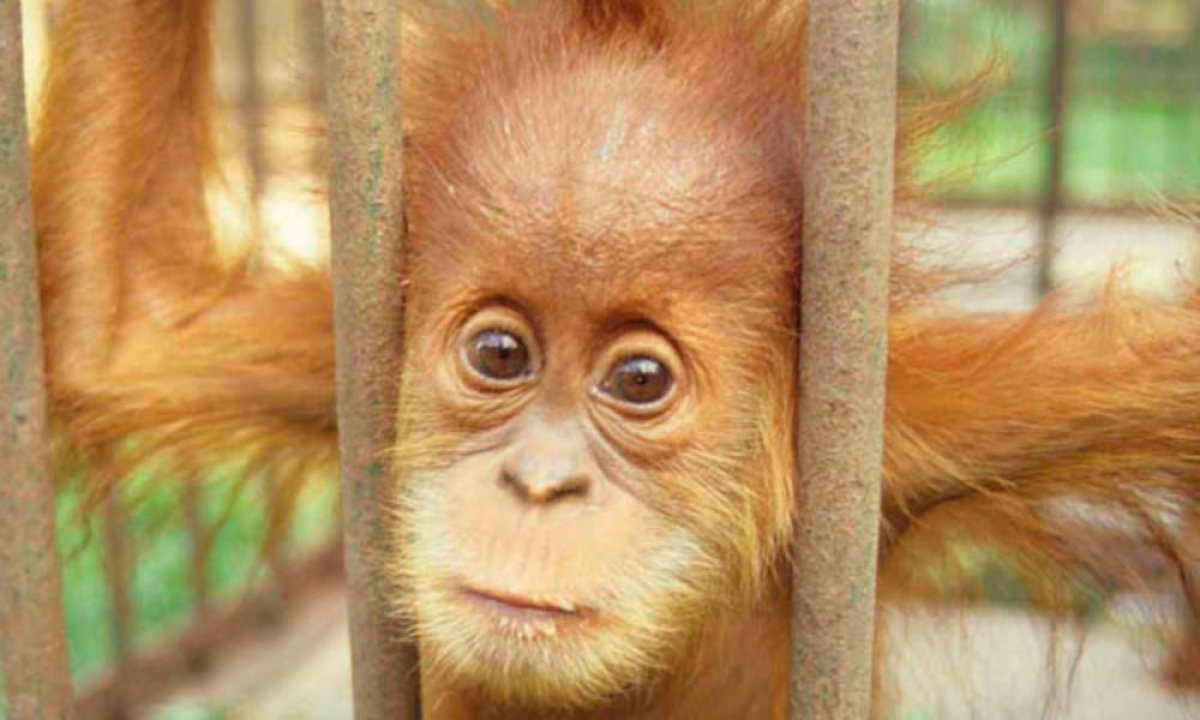
There are 14,613 Sumatran orangutans in the world today. Historically, they lived all over the entire island of Sumatra and further south into Java, but are now restricted to the north of the island. Sadly, according to the WWF, of the nine existing populations of these orangutans, only seven have prospects of long-term viability.
Victims of illegal trade or being kept as pets, they are also at risk from a plan to build a major road in northern Sumatra. It is believed that it will fragment the forest and open access for illegal logging activities and human settlements.
Sumatran rhino
Scientific name: Dicerorhinus sumatrensis
Status: Critically Endangered
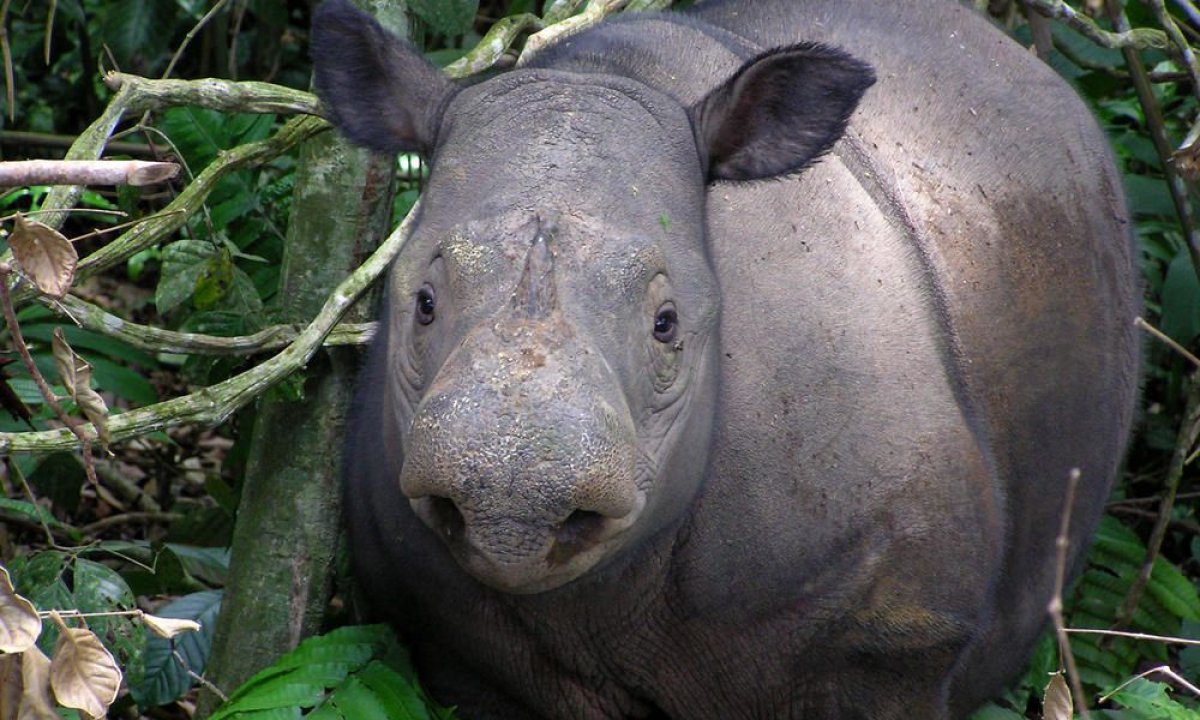
There are only 80 Sumatran rhinos left in the wild, the smallest of the living rhinoceroses. They are the only Asian rhino with two horns. They are more closely related to the extinct woolly rhinos.
Poaching is one of the main reasons for these rhinos dropping in population. Rhino horn is used in Asia for medicinal purposes as well ornaments, which connotes social status and prestige.
Sumatran tiger
Scientific name: Panthera tigris sumatrae
Status: Critically Endangered
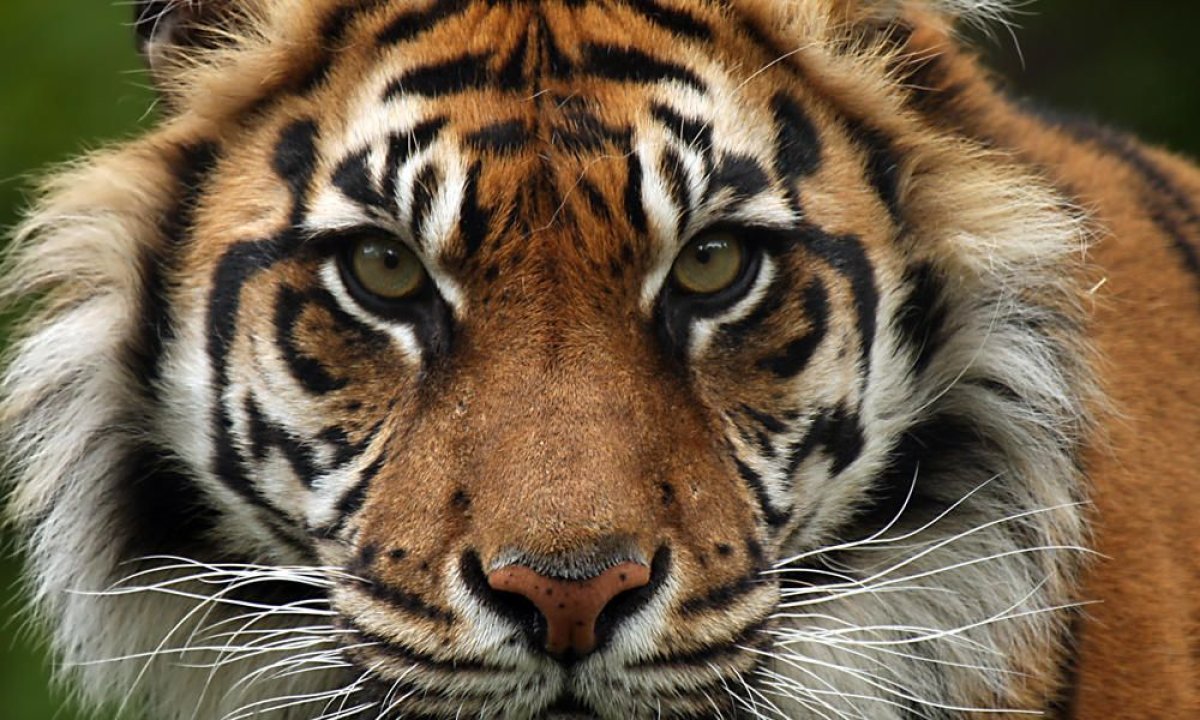
With less than 400 tigers alive today, this subspecies is holding on for dear life in remaining patches of forests. However, they are killed for commercial gain so urgent help is needed to keep up their population before they go the same way as their cousins the South China tiger.
Vaquita
Scientific name: Phocoena sinus
Status: Critically Endangered
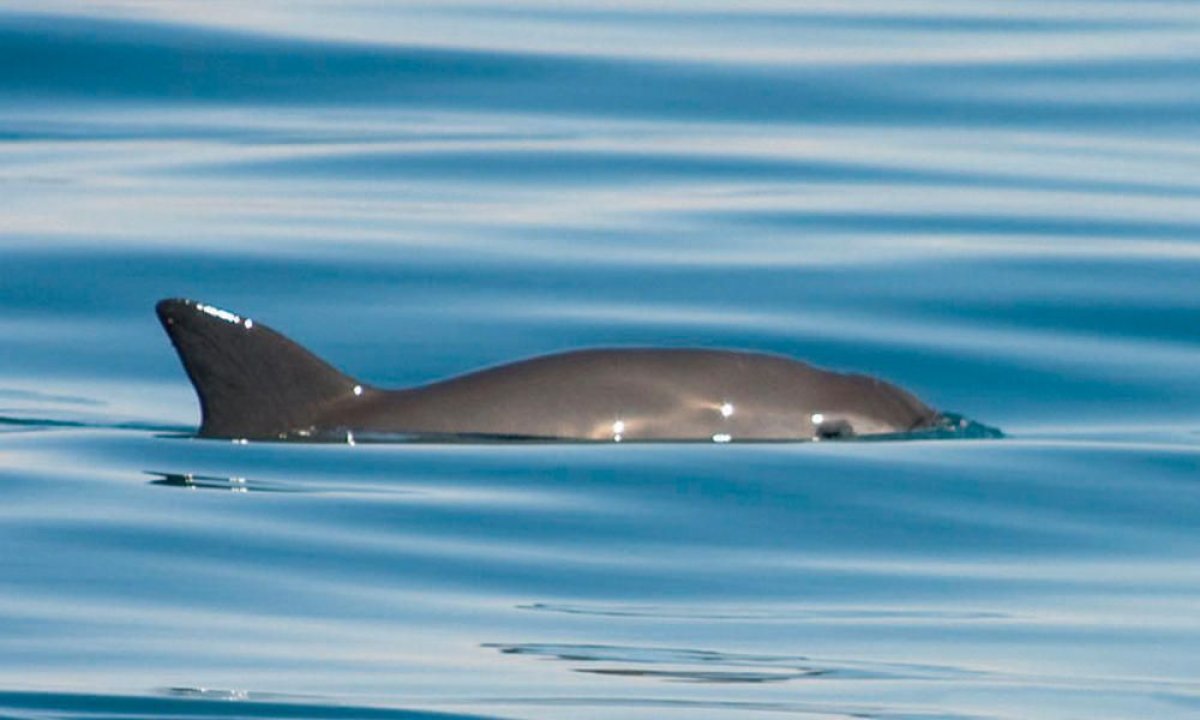
This little porpoise is the rarest marine mammal and is sadly on the edge of extinction. It wasn't until 1958 that it was discovered. Vaquita are often killed by illegal fishing operations in marine protected areas within Mexico's Gulf of California. There are only 30 left in its population.
Western Lowland gorilla
Scientific name: Gorilla gorilla gorilla
Status: Critically Endangered
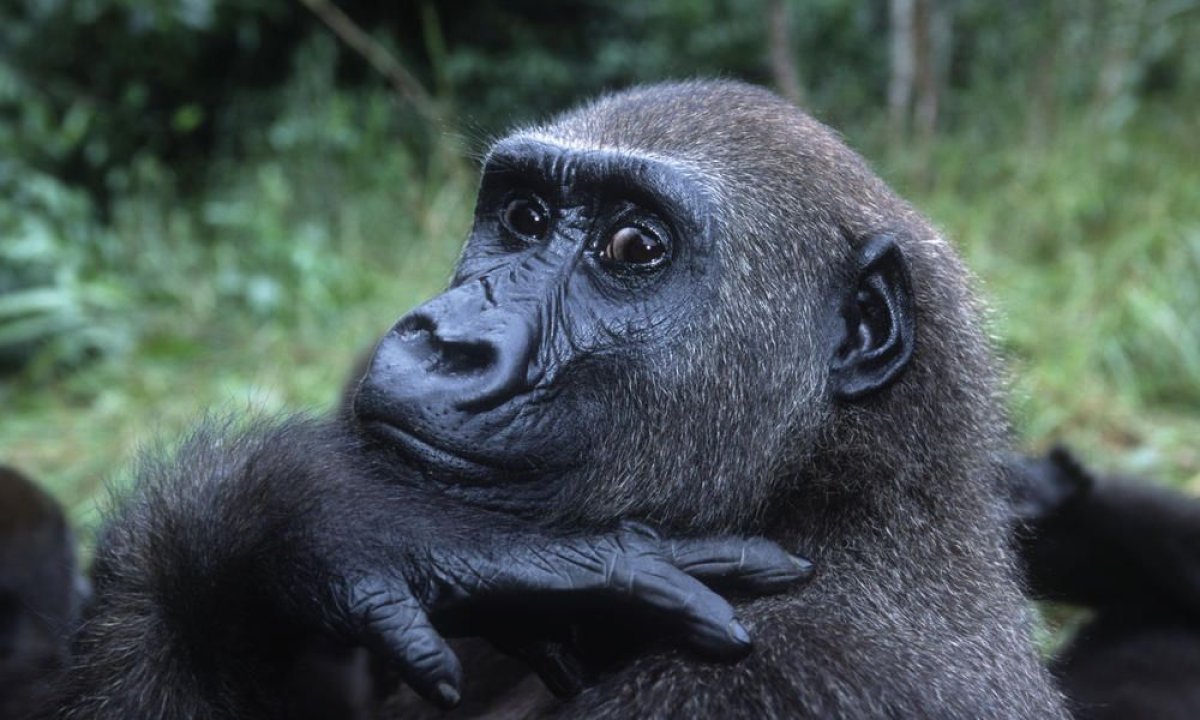
Another victim of the civil strife in the DRC, these gorillas are hard to find due to loss of homes and poaching.
Yangtze finless porpoise
Scientific name: Neophocaena asiaeorientalis ssp. asiaeorientalis
Status: Critically Endangered

This porpoise is known for its mischievous smile and has a level of intelligence comparable to that of a gorilla, according to the WWF. The destruction of its food supply is putting it at risk, as well as pollution and ship movement in its habitat.
Graham's penstemon
Scientific name: Penstemon Grahammi
Status: Endangered
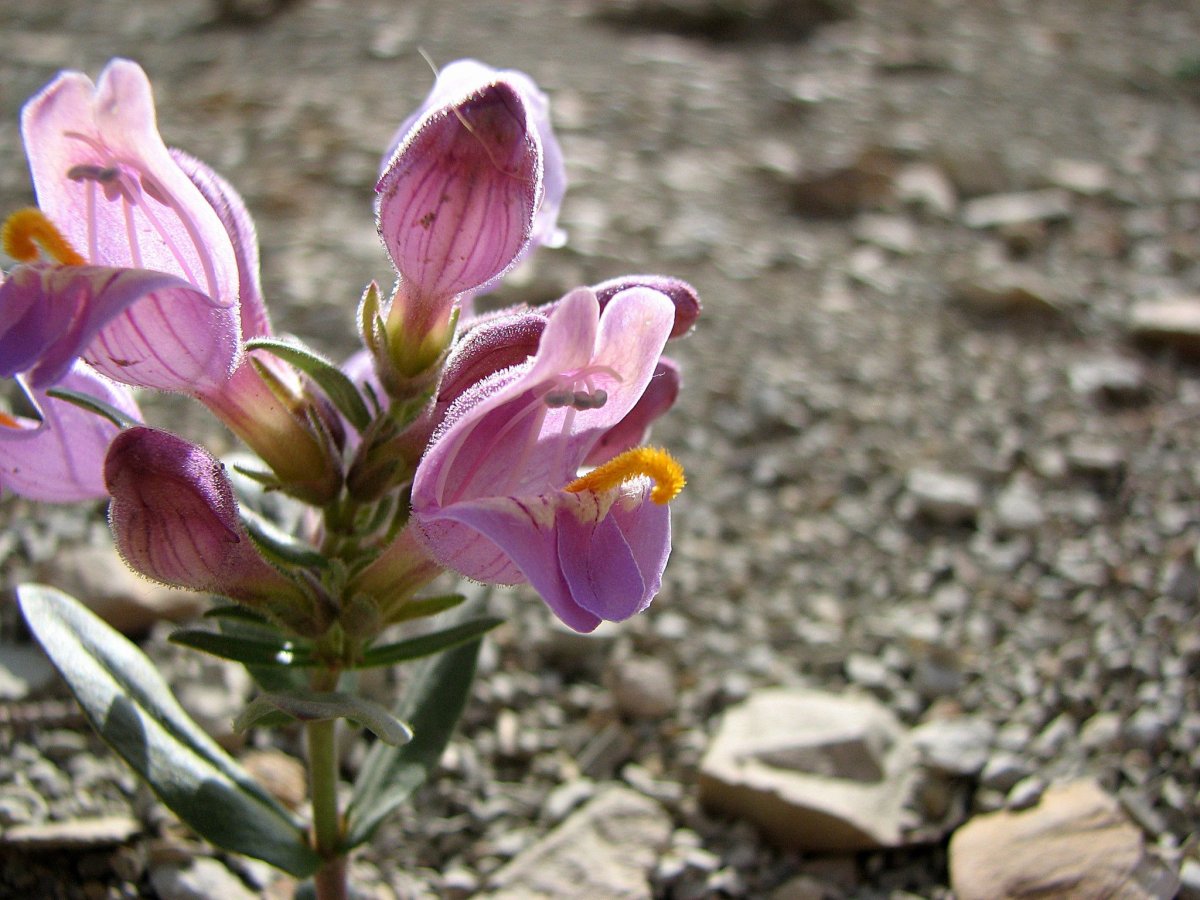
This flower lives only in the Uinta Basin of eastern Utah and the very edge of northwestern Colorado, making it at risk from oil and gas drilling. It is also a risk from Utah politicians who have been "heavy advocates" of oil shale development, according to the Endangered Species Coalition.
Western Prairie fringed orchid
Scientific name: Platanthera praeclara
Status: Endangered

Found in meadows in the Midwestern U.S. and into Canada, there are 172 known populations, of which only 4 have numbers greater than 1,000 plants. The orchid is considered threatened in all states with known populations due to development of untouched, native lands, according to the Endangered Species Coalition.
What Can You Do To Help Endangered Species?
The Endangered Species Coalition has put together some tips on how to help in your area:
- Learn about endangered species in your area;
- Visit a national wildlife refuge, park or other open space;
- Make your home wildlife friendly;
- Use alternatives to herbicides and pesticides;
- Slow down when driving;
- Recycle and buy sustainable products;
- Never purchase products made from threatened or endangered species;
- Report illegal actions against endangered species as soon as you see it to your local state or federal wildlife enforcement office; and
- Protect wildlife habitats.
You can also support charities such as the WWF who help endangered species across the world.
There are events going on across the world to support endangered species. You can find your local one here.
Uncommon Knowledge
Newsweek is committed to challenging conventional wisdom and finding connections in the search for common ground.
Newsweek is committed to challenging conventional wisdom and finding connections in the search for common ground.
About the writer
Sophia Waterfield is a reporter for Newsweek based at its London bureau. She has written for publications such as Metro UK, ... Read more
To read how Newsweek uses AI as a newsroom tool, Click here.








